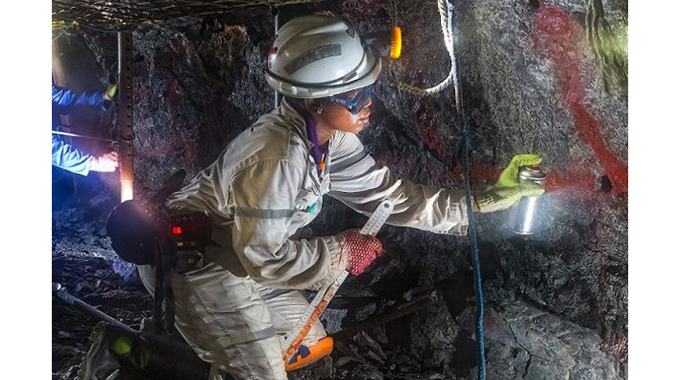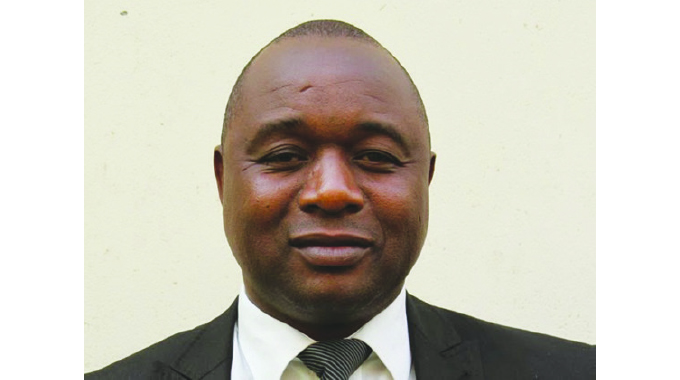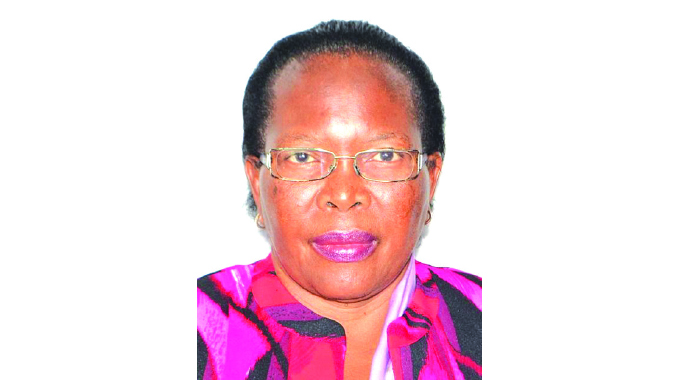Women just scrapping the surface in mining

Ruth Butaumocho-African Agenda
The June wintry and harsh weather permeates 54-year old Dorothy Muhwati’s thin nylon dress, as she bends over to pick a metal tin laden with ore from the banks of Munyati River.
Mrs Muhwati’s 18-year-old daughter, scrambles down the edge of the swampy edge of the river bed to collect ore and pass it to her mother, already showing strains of fatigue under the bristling cold Saturday afternoon.
Despite her body almost sagging due to the strenuous hard work and the cold weather, Dorothy cannot afford to sit because the ore has to be pounded by grind and pestle in the evening in preparation for the “buyers” the following day.
As she pulls out the last bucket, she keeps an open eye on the police, who often patrol the banks of the river to arrest unlicensed artisanal miners like her.
Dorothy represents millions of women who survive on the proceeds of the extractive sector across Africa, yet they do not hold any major stake in the mining sector, despite of their contribution.
They are not registered artisanal miners and neither do they have mining claims.
Several women interviewed conceded that said life in the “trenches” is difficult and often riddled with challenges.
Those who work as artisanal miners say because of the dangers involved in the digging, they often rely on male colleagues to assist in the digging, eventually sharing the proceeds no matter how little these may be.
Generally, women who are into mining, particularly gold, say while the alliances they form with their male colleagues are neither equal nor fair, they regard them as essential.
Hundreds of women toil daily at big mines as mere workers for years, but hardly enjoy the proceeds of this highly lucrative sector, not only in Zimbabwe, but across most African countries.
A report produced end of 2019 by the Pact Institute, a Washington, DC-based development non-profit organisation showed that women make up 10 percent of Zimbabwe’s 535 000 artisanal and small-scale miners.
In other countries, the figures are much lower than that recorded in Zimbabwe.
That should not be the case considering that Africa is one of the fastest growing and developing region in the world that holds 30 percent of the planet’s mineral reserves.
Of its rich minerals, Africa boasts of 40 percent of the world’s gold, presenting the continent with an opportunity for shared growth among its citizenry and the reduction of poverty.
Yet, mounting evidence suggests the economic growth has not benefited youth and women, with the inequality patterns particularly pronounced among 52 percent of the continent’s citizens — women.
Some of the obstacles holding back gender equality in several African countries include unequal access across the range of productive resources, including land, information about markets and appropriate technologies.
Cultural and financial obstacles such as the money needed to apply, pay and buy machinery needed to run a mine claim, hinder women from participating in the extractive sector.
Several previous researches that have been carried out also show that women lack the access and skills to perform more remunerated and status enhancing tasks in mine sites, which would increase their participation in decision making and leadership roles.
This is despite the fact some of the women possess prerequisite professional qualifications to hold important positions in the mining sector.
Such a sad and unfortunate scenario calls on the Government and the mining sector to bridge this gap by including the participation of women in the corporate world through enabling legislation, policies and environments.
At the moment, women’s participation and involvement in the extractive sector has remained minimal, with even board appointments remaining exclusively a preserve of men.
According to the Mining for Talent report by Women in Mining and Pricewaterhouse Coopers, globally, the mining industry has the lowest proportion of women on its boards of all industries, with women occupying only five percent of the board positions of the top 500 global listed mining companies.
Yet snap surveys on the ground done by the same organisation show that female board members are equally competent and measure up to the task, as shown by the boards they head across Africa.
The Mining Talent reports that mining companies listed on the Johannesburg Stock Exchange have the best level of female board representation in the mining world, with 24 percent South African women sitting on the boards of the Top 100 global listed mining companies and 21 percent of South African women sitting on the boards of the Top 500 global mining companies.
Such good practices should be amplified and implemented among African countries and the private sector companies through the introduction of legislation and policies that encourage gender diversity.
Although a few years back, the Government set aside a Gold Development Initiative Fund to assist artisanal miners, only a handful of registered women benefited, with the majority failing to access the funding because they are not registered.
Such a situation should not be allowed to continued, but the stakeholders should make concerted effort to ensure that women get a reasonable share of the mining sector.
To date, Zimbabwe boasts of a litany of legislation that supports economic empowerment of women, sadly these have not translated into real figures.
There is no reason why women should continue to be sidelined in economic sectors that matter, yet the Second Republic has made it clear that women and youths should be included in the economic matrix of this country.
Organisations that represents women’s aspiration should take advantage of the National Development Strategy 1 to lobby for a mining quota to women and youth to ensure that they also benefit from the sector that is currently dominated by men.
The revised Indigenisation and Economic Empowerment policy, which was launched in Bulawayo in May is among other issues seized with ensuring that young people, women and other disadvantaged groups will not be left out and are accorded opportunities for the good of the economy.
“The policy framework accommodates all citizens and they must come and participate in the economic transformation. It also talks about availing of funding to previously marginalised groups for income generating projects,” said Zanu PF’s secretary for Indigenisation and Economic Empowerment, Dr Mike Bimha.
The affirmation by Dr Bimha during the ruling party’s preparation for the launch that was held in Bulawayo in May shows the Government’s position that the economic trajectory should not be monopolised by a few, but should cascade to everyone across Zimbabwe.
The nation believes that time is nigh for Zimbabwe to walk the talk and economically empower women and youths, who remain excluded in important sectors of the economy, yet existing policies call for their involvement.
Feedback:[email protected]








Comments